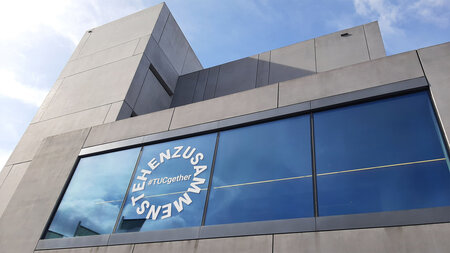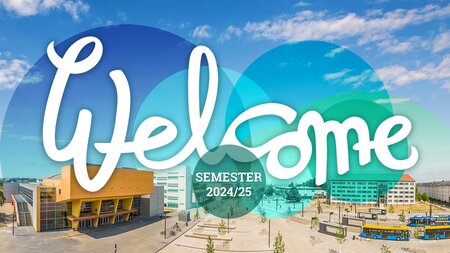Programming as a Second Language?
While our society continues to evolve relentlessly, two areas in particular are experiencing a rapid pace. Led by digitalization, it is becoming increasingly important to be able to program in order to navigate the digital world. Digitalization not only opens up access to new possibilities in technology and research, but also in communication with other people. The second skill that is mandatory for this is multilingual competence. At our institute, we have made it our mission to bring together the two fundamental areas of second language acquisition and programming language acquisition and to conduct interdisciplinary research.
As found in an fMRI study, one of the areas activated during program comprehension is a classical language comprehension area. Hence, a concrete connection between code processing and language processing can be assumed. To investigate this aspect in more detail, we evaluate whether a possible connection of learning artificial languages like BROCANTO and programming languages.
BROCANTO has the property of acting as an interface between natural language and programming language, since it possesses essential features from both: a clear syntax, including different syntactic word categories, and defined phrase structure rules.
The usefulness and validity of using artificial languages to explore linguistic parameters in the field of foreign language acquisition in adults have already been exploited. For us, this circumstance is of particular interest since the acquisition of an artificial language, although it can be representative of the acquisition of an L2, is much faster.
We plan to evaluate whether strategies acquired in learning i.e. artificial languages influence the acquisition of programming languages, assuming that they are used in that process as well.
If we find evidence for a connection in processing natural language and programming language, the acquisition of PL in further steps can be based on the solutions from foreign language didactics, which have already been found to be successful. Recurrent problems in teaching PL parameters could be solved by strategies from NL. Training with BROCANTO could also lead to an improvement of programming competence in novice programmers.





